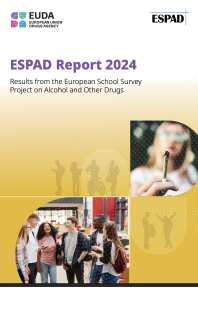Why We Serve (and Drink) Alcohol at Substance Abuse Events and Why We Should Stop: An Autoethnography
INTRODUCTION: Alcohol consumption is fully integrated into rituals and celebrations, generating social pressures that affect individuals, especially those with a history of drug dependence. The normalization of alcohol use is evident in...



